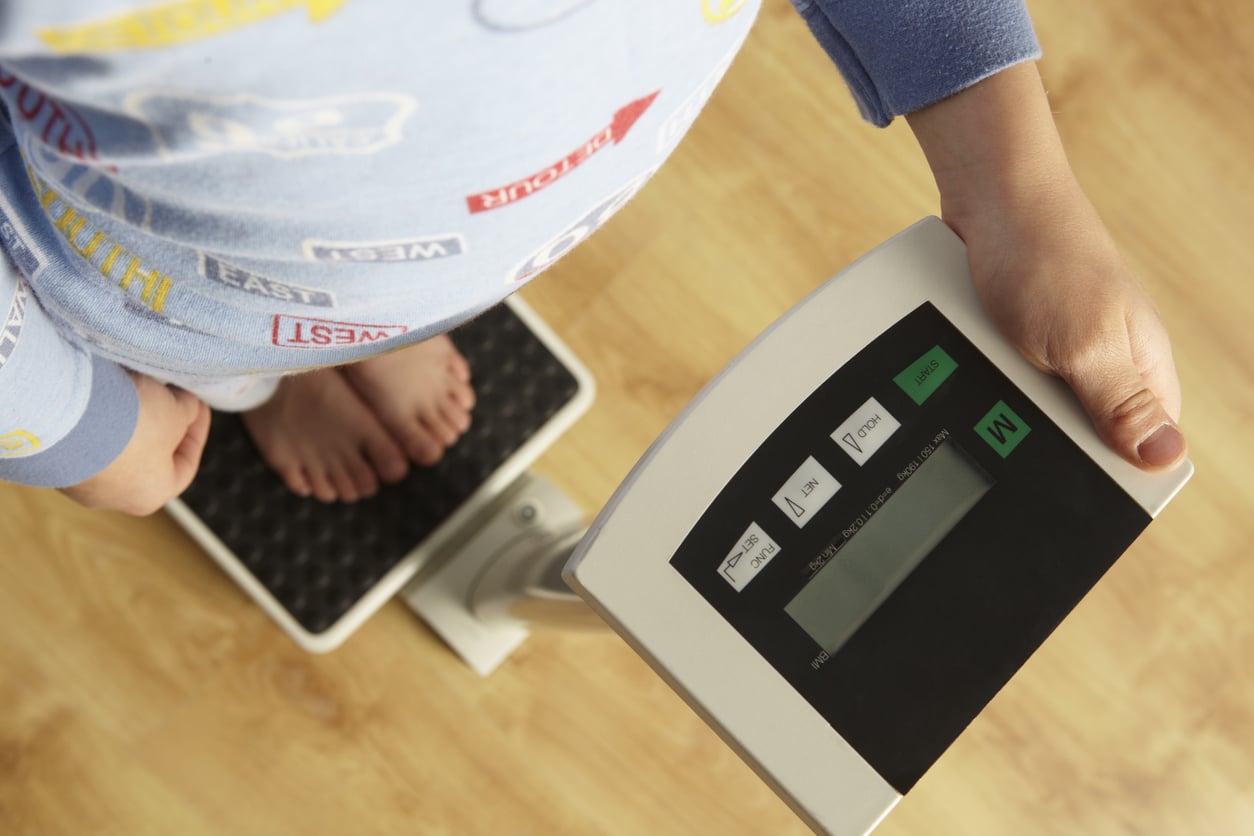The Most Common Rashes That Affect the Skin

A rash is a changes in the skin that can result in bumps, redness, itchiness, or any combination thereof. There are many different causes of rashes, including allergies, infections, and autoimmune disorders. Some rashes clear up quickly, while others can linger for weeks or even months. While most rashes are relatively harmless, some can be Signs of a more serious condition. For instance, a sudden onset of a rash accompanied by fever could be a sign of meningitis. As such, it is always best to consult with a medical professional if you are concerned about a rash. With prompt treatment, most rashes will clear up without any lasting effects. In this blog post, we will discuss the most common rashes that affect the skin.
Eczema
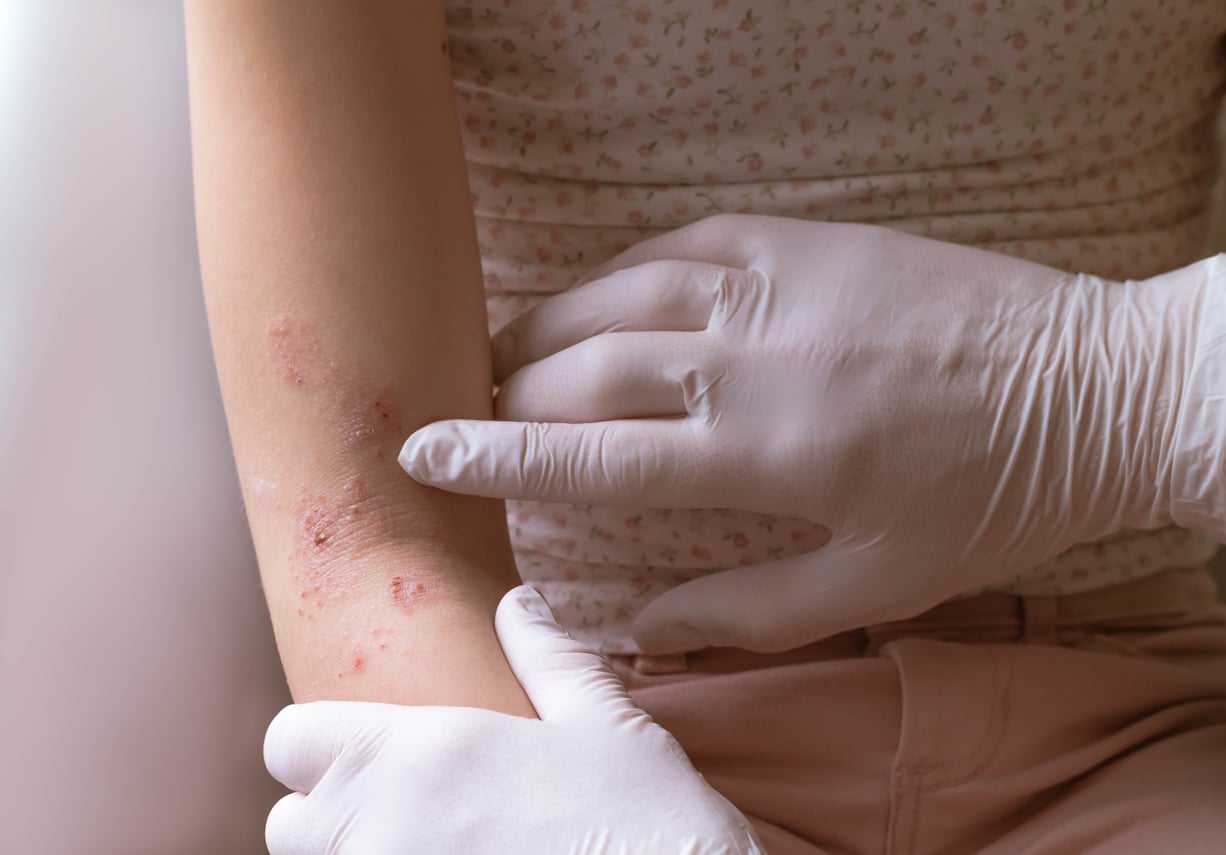
Eczema is a chronic skin condition characterized by dry, itchy, and inflamed skin. The exact cause of eczema is unknown, but it is thought to be caused by a combination of genetic and environmental factors. People with eczema often have a family history of the condition, and it is more common in people with allergies or asthma. While there is no cure for eczema, there are treatments that can improve symptoms. These include topical creams and ointments, oral medications, and light therapy. With proper treatment, most people with eczema can manage their symptoms and enjoy a good quality of life.
Allergic Contact Dermatitis
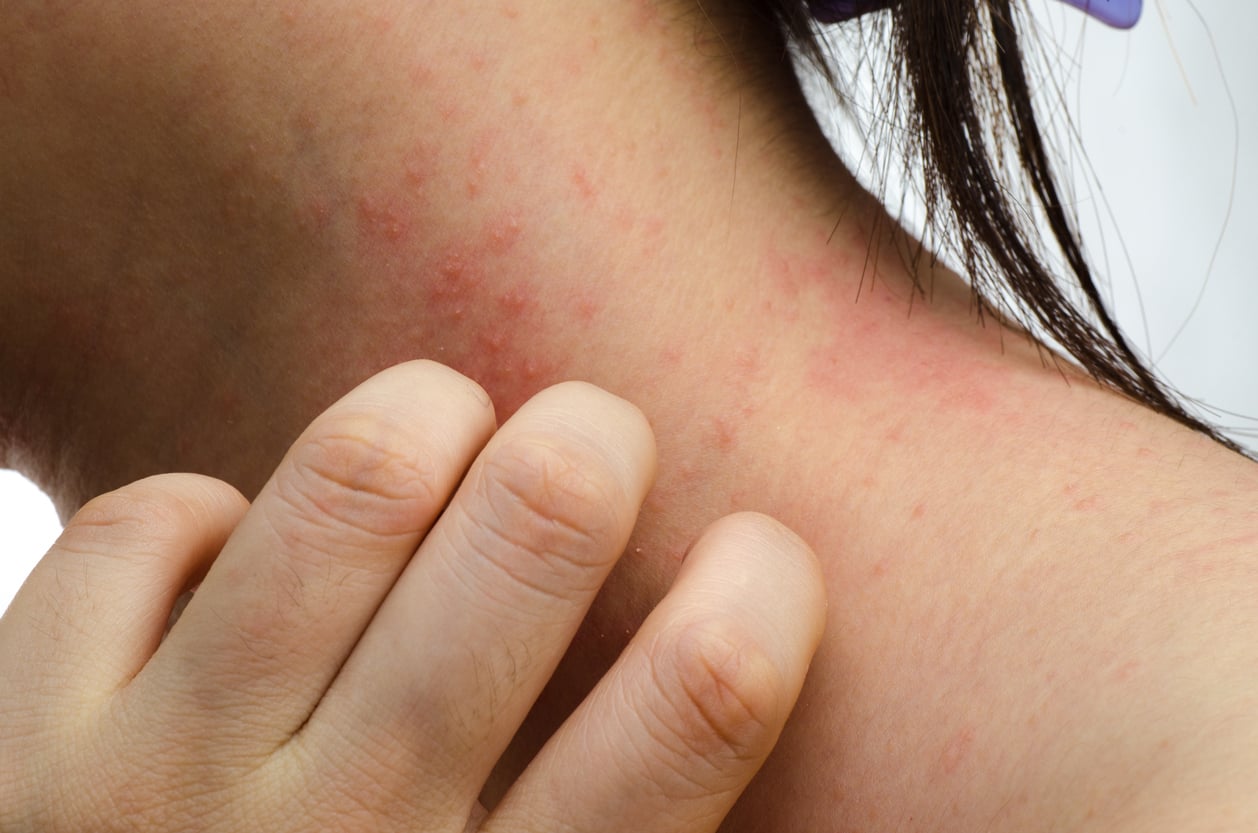
Allergic contact dermatitis is a type of inflammation of the skin. It occurs when the skin comes in contact with an allergen, such as poison ivy, nickel, or latex. The immune system reacts to the allergen by releasing chemicals that cause the skin to become red, itchy, and swollen. Allergic contact dermatitis is not contagious. However, people who are exposed to allergens on a regular basis may be more likely to develop the condition. Treatment typically involves avoiding exposure to the allergen and using medications to relieve symptoms. In severe cases, hospitalization may be necessary.
Ringworm

Ringworm is a common fungal infection that affects the skin. It is characterized by a ring-shaped rash that is often itchy and red. Ringworm can affect any area of the body, but it is most commonly found on the scalp, face, chest, or back. The fungus that cause ringworm thrives in warm, moist environments. As a result, people who sweat profusely or who have chronic skin conditions are at increased risk for developing ringworm. Treatment for ringworm typically involves antifungal cream or oral medication. In severe cases, oral steroids may be necessary to relieve inflammation. With prompt treatment, ringworm usually clears up within four to six weeks. However, the fungus that causes ringworm can be difficult to eradicate, and reinfection is common. As a result, people who are susceptible to ringworm infections may need to take special care to prevent re exposure to the fungus.
Rosacea
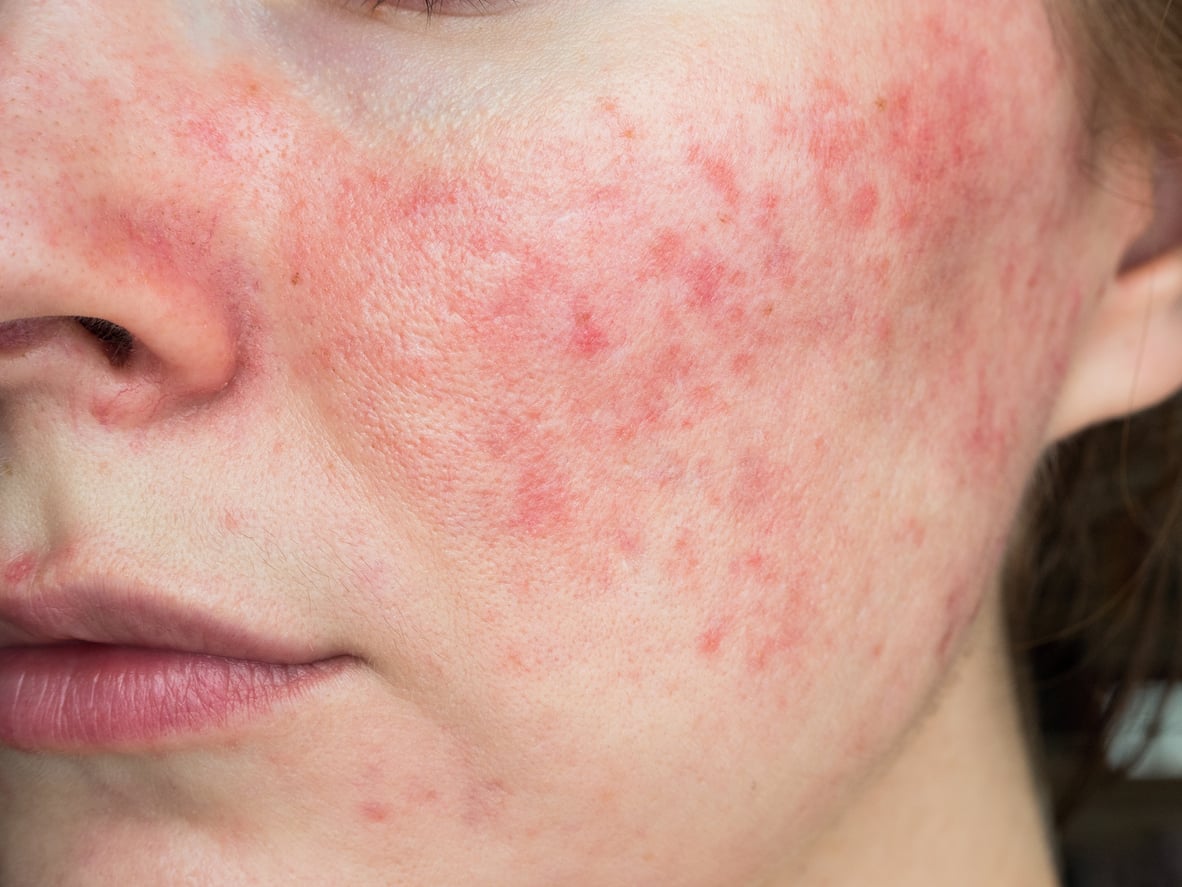
Rosacea is a common skin condition that causes redness and visible blood vessels in the face. It may also cause swelling and bumps on the face. Rosacea occurs more often in women than men, and usually appears in people between the ages of 30 and 50. Although there is no cure for rosacea, there are treatments that can help control the symptoms. Rosacea is a chronic condition, so it is important to see a dermatologist for proper diagnosis and treatment. If left untreated, rosacea can cause significant damage to the skin and even lead to depression.
Shingles
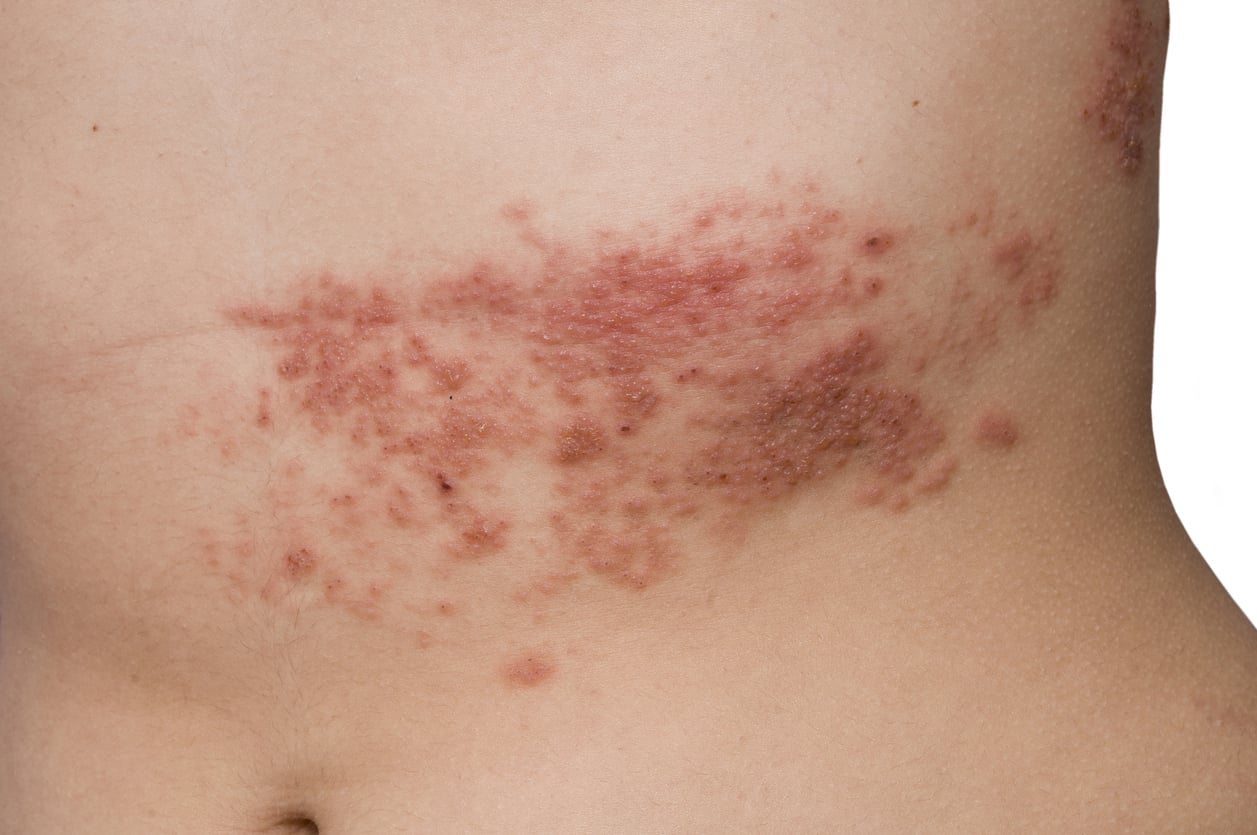
Shingles is a condition that causes a painful rash. The rash usually appears on one side of the body and forms blisters. Shingles is caused by the varicella-zoster virus, which is the same virus that causes chickenpox. After a person has chickenpox, the virus remains inactive in the body. However, the virus can later reactivate and cause shingles. This usually occurs in people over 50 years of age or in people who have a weakened immune system. Shingles is NOT contagious, but the varicella-zoster virus can be spread to someone who has never had chickenpox. If this happens, that person will develop chickenpox, not shingles. There is no cure for shingles, but there are treatments that can help to ease the pain and speed up the healing process.
Psoriasis

Psoriasis is a chronic skin condition that causes the growth of new skin cells to occur at a rate that is much faster than normal. This results in the formation of thick, scaly patches on the surface of the skin. Although psoriasis can affect any area of the body, it is most commonly found on the scalp, elbows, knees, and lower back. The exact cause of psoriasis is unknown, but it is believed to be related to an overactive immune system. Although there is no cure for psoriasis, there are many treatments available that can help to control the symptoms. These include topical creams, light therapy, and oral medications. With proper treatment, most people with psoriasis can manage their condition and enjoy healthy, happy lives.
Hives

Hives, also known as urticaria, is a common rash that affects the skin. It is characterized by raised, red bumps or welts that are often itchy or burning. Hives can occur anywhere on the body, but they are most commonly seen on the face, neck, chest and back. They can range in size from a few millimeters to several centimeters. Hives can be caused by a number of different things, including allergies, infections, physical stimuli and certain medications. In most cases, hives will resolve on their own within a few days. However, if they persist for more than six weeks, it is important to see a doctor as this may be a sign of an underlying condition.

